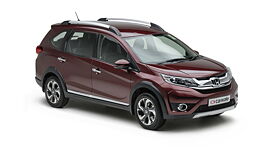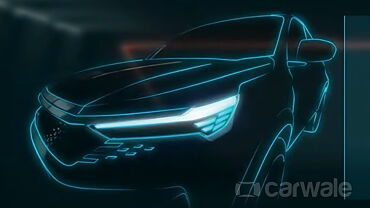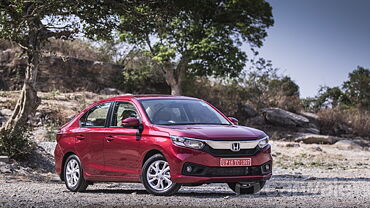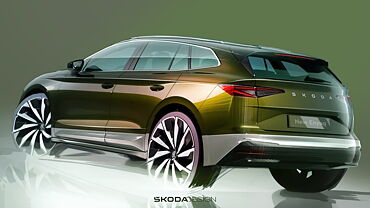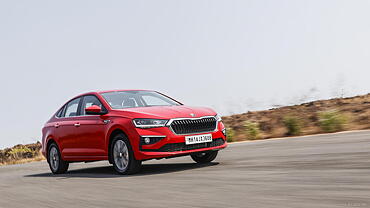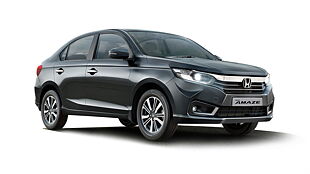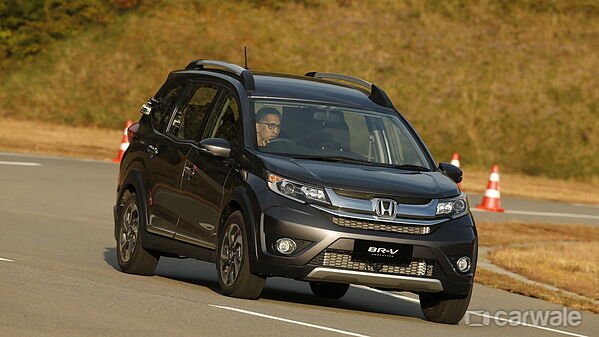
We have just driven the new Honda BR-V, albeit in prototype form. You can read our review here. The review, however, is a more elaborate, detailed affair. So, we thought we would put together a few questions along with short answers for them as a quick guide to the Hyundai Creta and Renault Duster challenger, the India-bound Honda BR-V. Here it is, so go ahead, give it a read.
Is it all new?
Well no. the Honda BR-V is based on the Mobilio, which means it is based on the extended Brio/Amaze platform. But, as you can tell from the pictures, it has completely new skin. The front end is new and more domineering; the rear is more styled and upmarket; and even though it gets similar looking doors and roofline, it has roof rails to add to the butch stance. It also has higher ground clearance than the Mobilio.

Are the interiors any good?
They are, even though the car we drove was only a prototype. So, the production car expected in mid-2016 should be much better still. The design of the dash is a welcome change from what we have seen on the Brio, Amaze and Mobilio – which essentially use the same design, layout and fit and finish, but honestly don’t go well with a Rs 10 lakh price tag. The new dash looks richer and it will complete with a touchscreen audio, digital climate control system, a big glovebox and utility all round. It is a big step up from the Mobilio, no question.
Is it feature packed?
The prototype we drove wasn’t, but the production car will be. Expect it to have City levels of equipment in addition to leather seats, second-row aircon, and more chrome outlines on the inside. This is mostly true for the top of the line versions but the base version or the E version of the Honda BR-V too should be adequately specced. I mean, it has to be if it must take on the hot-selling Hyundai Creta.

What engines does it get?
The same as the Mobilio but the Honda engineers mention different tuning. What that means is that the torque spread might be flatter to cope with the added weight of the BR-V. Plus, both the 1.5-litre, 118bhp petrol and the 1.5-litre, 99bhp, diesel will come with 6-speed manual gearboxes. The gear ratios on both ‘boxes will be shorter and closer stacked in order to give the BR-V quick acceleration and shorter roll-on times. Fuel efficiency, however, might not be as high as the Mobilio. But then again, we have seen witchcraft happen before where heavier cars have returned higher FEs as well, at least in the ARAI cycles.
Who would buy one?
Anyone and everyone looking at a smart city roundabout really. The Honda BR-V isn’t an SUV in the traditional sense or in the same visual plane as the Creta and Duster; it’s more a butch MPV than an SUV. But, it has a Honda badge and the front end looks imposing. So clearly it will find buyers. Mostly it will be upgraders moving from the likes of the Swifts or i20s. But, many with larger families might also look at pushing their budgets up from the Ertiga. Honda isn’t quoting sales numbers, but it believes, the BR-V has what it takes to succeed where the Mobilio hasn’t.


